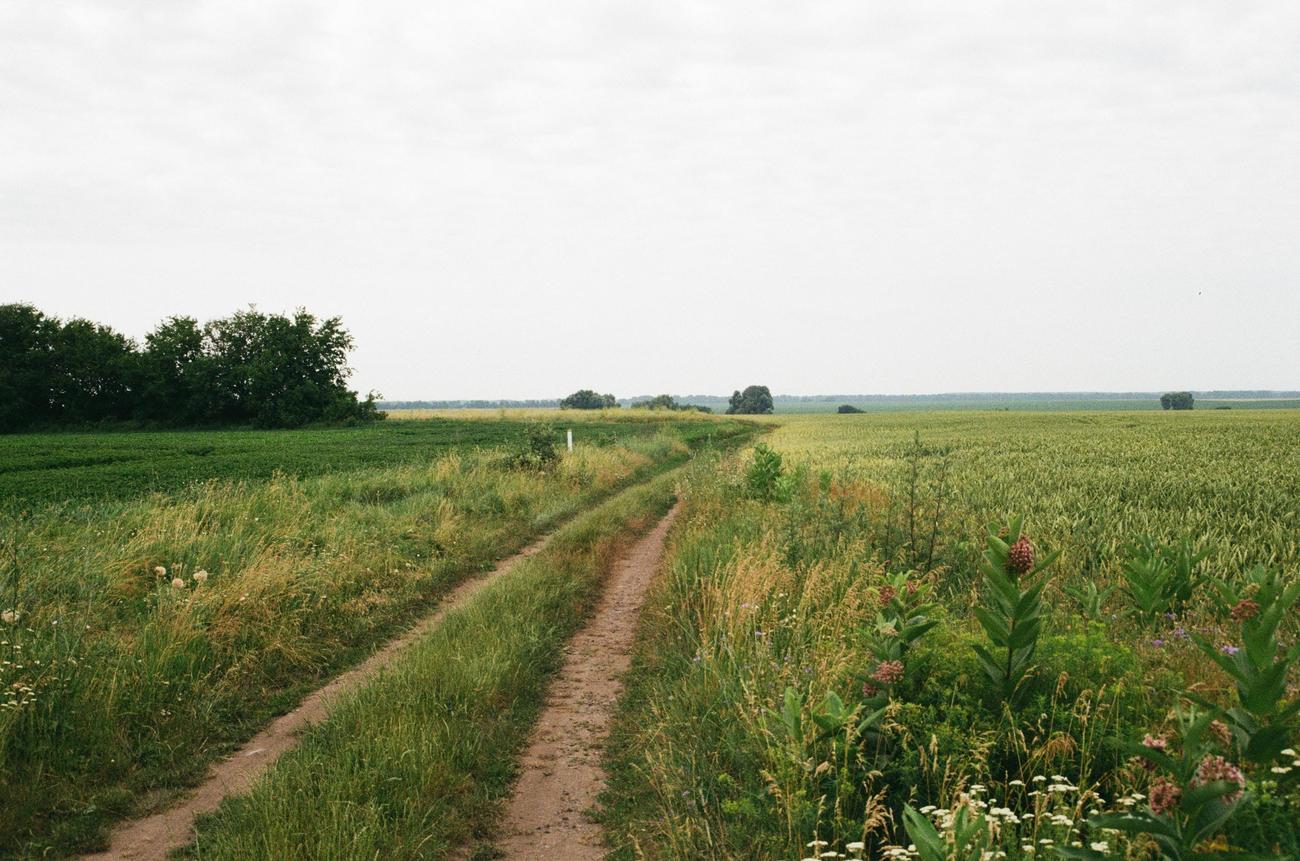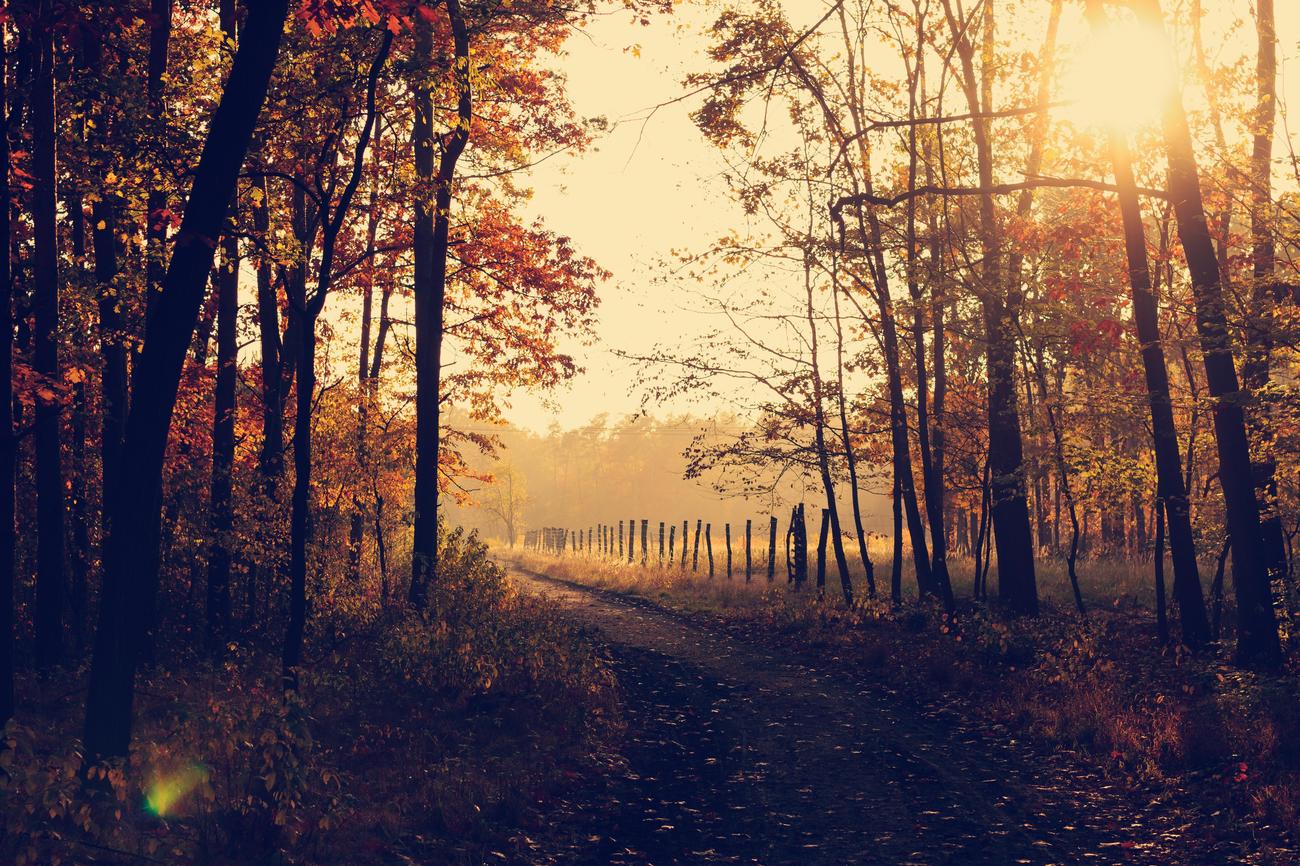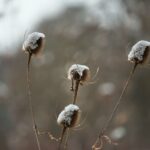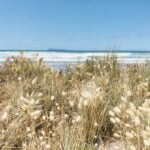If you’ve ever wandered through a wetland, you may have noticed a whimsical sight that seems straight out of a fairytale. Delicate white tufts of cotton-like clusters, swaying gracefully in the breeze, capturing the essence of the marshy landscape. This enchanting plant, known as cotton grass, holds a treasure trove of intriguing secrets waiting to be unveiled. In this article, we will dive deep into the world of cotton grass, delving into its fascinating facts and shedding light on why it truly is a unique plant species of wetlands. Get ready to be amazed by the wonders of nature and the extraordinary adaptations of this captivating plant!

Cotton Grass Facts
Cotton grass, with its slender creeping nature and distinctive fluffy seed heads, is a fascinating plant species found in wetland habitats. As a botanist specializing in wetland ecology, I have delved deep into the world of cotton grass and uncovered some intriguing facts about this unique plant. Let’s unravel the mysteries of cotton grass and explore its captivating characteristics.
At first glance, you might mistake cotton grass for an ordinary grass. However, there is much more to this plant than meets the eye. Cotton grass typically grows up to 12 inches in height and boasts flat leaf blades with rough margins. Its leaves are well adapted to thrive in wet environments, making it a champion of riparian areas and wetlands.
But what truly sets cotton grass apart is its remarkable ability to grow in water. With the remarkable adaptation to withstand up to 2 inches of water, cotton grass thrives in its preferred wetland habitats. It’s almost as if this plant has found its perfect niche in the ecosystem, a testament to nature’s awe-inspiring diversity.
Key Point:
Cotton grass is a slender creeping grass that can grow up to 12 inches in height and has the ability to grow in water.
The striking beauty of cotton grass is revealed when it flowers. The plant presents itself in all its glory with fluffy balls of cotton-like material at the terminal ends of stalks, captivating the eyes of all who encounter it. This cotton-like appearance is where its name comes from, as it resembles the well-known material. Picture tiny floating clouds, and you’re getting close to imagining the ethereal allure of a cotton grass meadow in full bloom.
Key Point:
Cotton grass flowers appear as fluffy balls of cotton at the terminal ends of stalks, adding a unique charm to this wetland plant.
Cotton grass is not only visually captivating but also highly abundant in North America, particularly thriving in colder climates. Its preferred growing environment includes peat moss and open wetlands, where it contributes to the intricate web of life in these unique habitats. This plant belongs to the Cypraceae family and is commonly found in acidic wetlands and bogs.
If you start exploring the world of cotton grass, you’ll be amazed to discover that there are over 25 different species. However, the most common ones are Eriophorum angustifolium and Eriophorum vaginatum. These species dominate their native wetland environments, showcasing the adaptability and resilience of cotton grass.
Key Point:
Cotton grass is abundant in North America, especially in colder climates, and belongs to the Cypraceae family. The most common species are Eriophorum angustifolium and Eriophorum vaginatum.
Cotton grass does not limit itself to just one type of soil. It showcases its versatility by thriving in various soil types, including loam, sand, and clay soils. This adaptability is essential for its survival and distribution, enabling it to occupy different wetland niches. Whether it’s growing near bog pools, Sphagnum moss areas, or wet peaty moorlands, cotton grass finds a way to flourish in its surroundings.
The dispersal of cotton grass seeds is a truly remarkable process. These seeds, resembling minuscule tufts of cotton, catch the wind and travel effortlessly across the wetland landscape. This adaptation aids in their dispersal, allowing cotton grass to colonize new areas and expand its presence.
Key Point:
Cotton grass seeds are dispersed by the wind, carried away like tiny tufts of cotton to pave the way for new growth and colonization.
Cotton grass has evolved numerous adaptations to survive and thrive in its wetland environment. From its ability to grow in water to its fluffy cotton-like seed heads, every aspect of this plant showcases the unseen wonders of nature. Aside from its ecological roles, cotton grass also serves practical purposes. It can be used as a landscaping plant in bog gardens, adding a touch of unique beauty to these environments. Additionally, cotton grass provides essential habitat and food sources for certain animals, contributing to the overall biodiversity of wetland ecosystems.
Key Point:
Cotton grass exhibits various adaptations and serves multiple purposes, making it an integral part of wetland ecosystems.
While cotton grass can be found in the northern parts of Europe, Asia, and North America, it’s important to note that this plant is not edible. Despite its fluffy appearance, it is not actually made of cotton. Instead, cotton grass serves a crucial role in wetland habitats, captivating researchers and nature enthusiasts alike with its enchanting presence.
Key Point:
Cotton grass can be found in the northern parts of Europe, Asia, and North America, but it is not edible and is not made of actual cotton.
In conclusion, cotton grass is a remarkable plant species that deserves our admiration. Its ability to adapt and thrive in wetland environments showcases nature’s resilience and creativity. From its slender creeping nature to its fluffy cotton-like seed heads, every aspect of cotton grass has a story to tell. So, the next time you stumble upon a wetland or bog, take a moment to appreciate the beauty and wonder of cotton grass, an unsung hero in the natural world.
Key Point:
Cotton grass is a fascinating plant that demonstrates nature’s resilience and creativity, making it an unsung hero in the world of wetlands.
Cotton grass, also known as Eriophorum, is a fascinating and unique plant that thrives in wet, boggy areas. If you’re curious to learn more about this intriguing plant, here are three interesting facts about cotton grass:
Cotton grass gets its name from its fluffy white tufts that resemble tiny cotton balls. These tufts are actually seed heads, and they help the plant spread its seeds through the air. Click here to explore how these aerial wonders aid in the plant’s reproduction: 3 facts about cotton grass.
Despite its delicate appearance, cotton grass is a hardy and resilient plant. It has adapted to survive in harsh environments, including Arctic regions where it can withstand freezing temperatures and strong winds. Discover more about the plant’s remarkable adaptability by clicking this link: 3 facts about cotton grass.
Cotton grass plays a vital role in the ecosystem by providing food and habitat for various wildlife. Many birds, such as waterfowl and songbirds, depend on its seeds as a source of nourishment. Additionally, the dense clumps of cotton grass offer shelter and nesting sites for small mammals. Uncover the intricate connection between cotton grass and its animal companions by visiting this informative page: 3 facts about cotton grass.
As you dive deeper into the world of cotton grass, you’ll be astonished by its beauty, adaptability, and ecological significance. Join us in unraveling the mysteries of this remarkable plant by clicking on the links above and exploring the fascinating facts about cotton grass.

FAQ
Q: How tall can cotton grass grow?
A: Cotton grass can grow up to 12 inches in height.
Q: What are the characteristics of cotton grass leaves?
A: Cotton grass has flat leaf blades with rough margins.
Q: In what kind of habitats can cotton grass grow?
A: Cotton grass is riparian and can even grow in up to 2 inches of water. It is commonly found growing in peat moss or open wetlands.
Q: What do cotton grass flowers look like?
A: Cotton grass flowers appear as fluffy balls of cotton at the terminal ends of stalks.
Q: Where is cotton grass typically found?
A: Cotton grass is very abundant in North America and thrives in colder climates. It is often found in acidic wetlands and bogs, especially near bog pools and areas of Sphagnum moss or in wet peaty moorland.
- China II Review: Delicious Food & Speedy Service - April 17, 2025
- Understand Virginia’s Flag: History & Debate - April 17, 2025
- Explore Long Island’s Map: Unique Regions & Insights - April 17, 2025
















